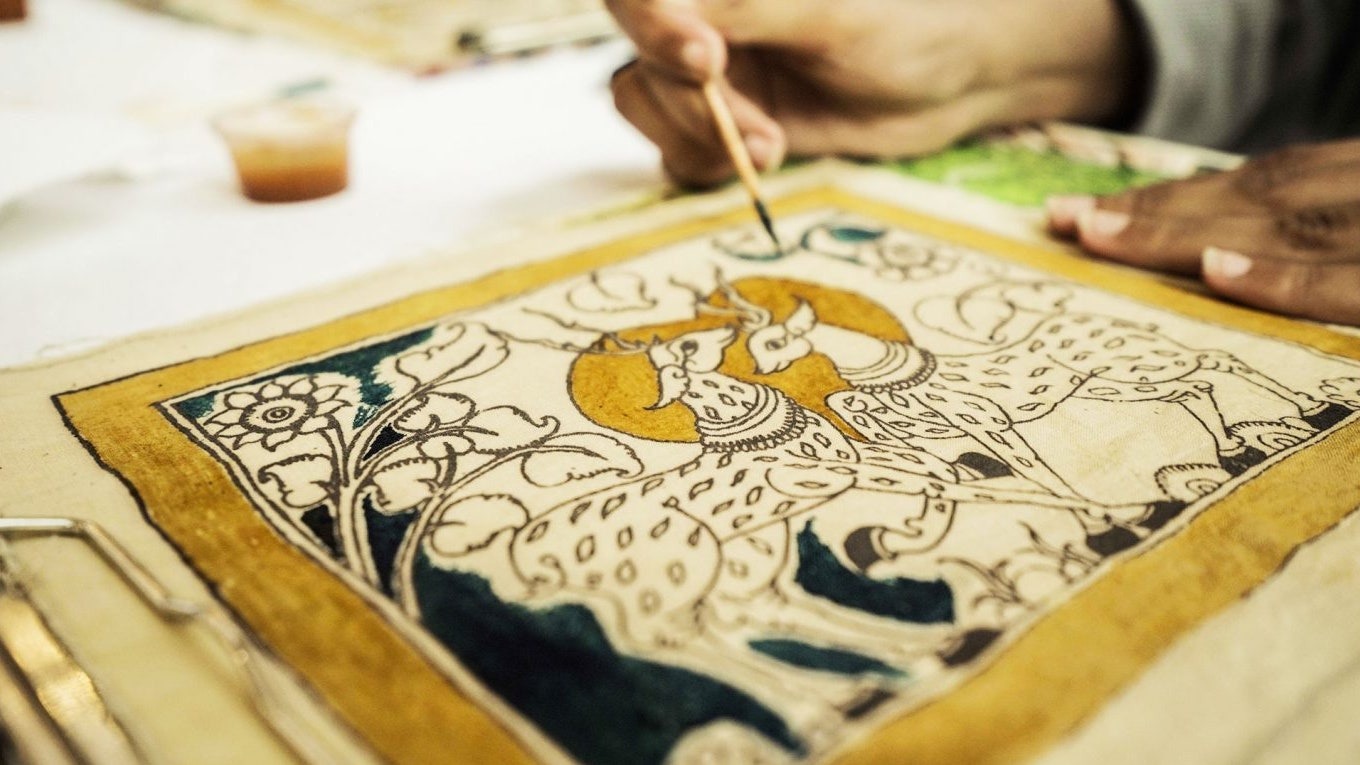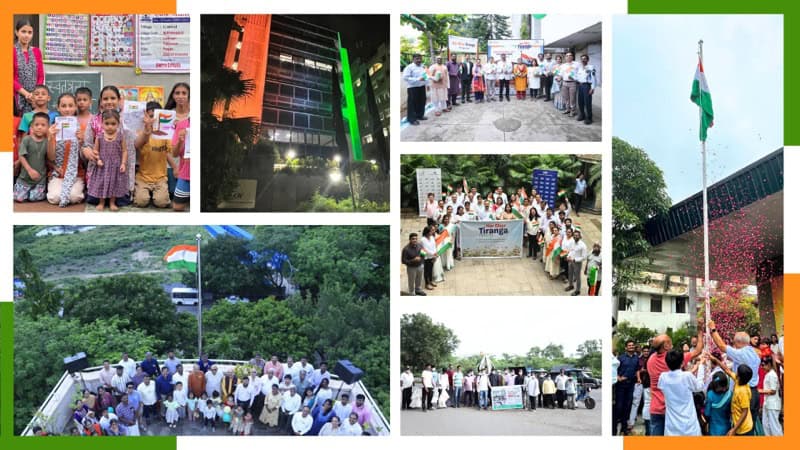“As the world becomes more industrialised and uniform, there is a unique opportunity for made-by-hand products that are not mass-produced but bear the stamp of their origin and culture.”
— Laila Tyabji, Chairperson and Founder Member, DASTKAR Society for Crafts & Craftspeople
Can you tell us about the inspiration and motivation behind founding Dastkar? What led you to start this organization?
There were five of us who began talking in early 1980 about the increasing marginalisation of the millions of skilled artisans in the Indian craft sector and how this asset was not recognised as a unique source of employment, domestic and export earnings, creative skills, and national pride. The problem seemed to be a lack of market knowledge and market access, and Dastkar was conceived as a support organisation, offering craftspeople a basket of services and acting as a bridge between them and the urban consumer. Each of us comes from a different professional background, with our own perspective, hence the holistic nature of what we offer, ranging from design and product development, costing and pricing, and visual merchandising guidance, to online and offline marketing platforms.
We need to stop thinking of crafts producers as some primitive though picturesque part of our past, and look at them as skilled professionals who need exactly the same kind of support as other industries.
How do we take artisanal products from class to mass in India. What can industry do to make this possible?
At the core of your question is a common misconception about craft!
Indian artisans may number in the millions, but artisanal products are incredibly varied and produced by small, highly specialised communities scattered all over India. We should not think of mass orders and mass production, but think of selling craft products as unique, one-of-a-kind artistic pieces, as the Chinese and Japanese have done, and paying craftspeople fair prices for their time and creativity, leaving tourist bric-a-brac to production in semi-mechanised factories.
The skills that made the Taj Mahal are still alive today, but we encourage those artisans to make small pill boxes and coasters sold for a few dollars instead of fully utilising their full potential! We should certainly promote and market India’s varied textile craft techniques and traditions, but we should not think of craftspeople as an assembly line. The whole point of handcraft is that each piece can be unique in a way that factory production cannot. It needs to be marketed accordingly, from mass to class, rather than the other way around!
In the age of globalisation and mass production, how do traditional artisans find markets for their products and compete with commercial alternatives?
As the world becomes more industrialised and uniform, there is a unique opportunity for made-by-hand products that are not mass-produced but bear the stamp of their origin and culture. It is these unique attributes we need to promote. We should not compete with what can be mass-produced but rather design and develop products—whether garments, home accessories, folk art, or even architectural ornamentation and decor—that have to be made by hand. At the same time, we should promote crafts’ eco-friendly, green, low-carbon footprint qualities. The world is ready for it—fastly realising the wastefulness and hidden costs of fast fashion and mass production. It is India that needs to wake up to this gold mine we have and invest in it. Craftspeople do not have the resources to do so themselves; we have to do it for them.
What kind of policy support could help expand the global market for Indian handicrafts?
The demanding and volatile global market should not be our priority. Coping with its timelines, quantities, and ever-changing requirements is not easy for a rural craftsperson.
India’s huge, burgeoning, and increasingly discriminating middle and upper classes should be the basic bread and butter, with the icing on the cake. Indians at every level of society still wear, use, and appreciate traditional crafts, from the terracotta cups they drink from to towering, intricately carved temples. And India is supposed to have more millionaires than any other country in the world! Craftspeople, too, are better able to understand and produce for an Indian consumer.
It is a fallacy to say the demand for crafts and handlooms has waned; it has grown with the growth of the consumer market, side by side with branded and imported goods. The advantage of being a 21st-century Indian is that we have our feet in both worlds—East and West—and can enjoy the benefits of both.
Investment, R&D, better infrastructure, and market access are the basic requirements of the craft sector, just as in any other part of the economy. We need to stop thinking of crafts producers as some primitive though picturesque part of our past and look at them as skilled professionals who need exactly the same kind of support as other industries.
How do we, as a country, reacquaint our children and youth with traditional craft forms?
This is an area I am passionate about! Young urban Indians, whether in metro cities or in small towns, know little or nothing of the wealth of Indian craft, not just as products but as a part of our cultural, social, philosophical, and historic past that makes us so unique as a nation. Building craft education into the school curriculum is vital. Not just learning a craft (though physically “making” something is a wonderful way of hand-eye-brain coordination), but learning about its background, the region and materials from which it is made, and the significance of the colours and motifs used. A craft object can teach you so much—our artistic, cultural, mythological, and social history and geography.





